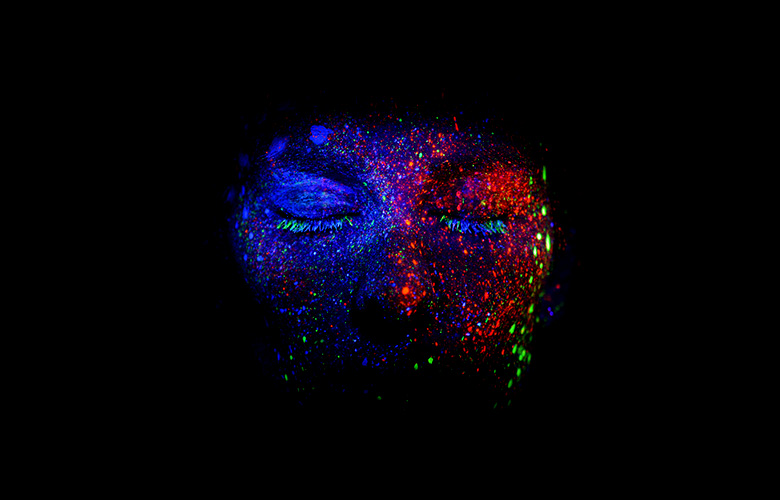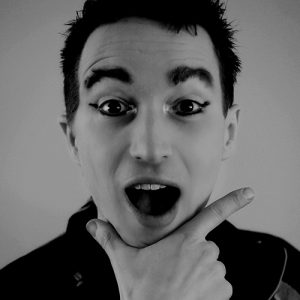
In 2017, things have to go fast. As time goes by our society is becoming less patient and it’s no secret that attention deficit disorder is a growing concern, not only among children but also for grown-ups. As a result, people are now watching excerpts of TV shows on YouTube instead of full episodes, most shows (circus, dance or plays) are now requested to not run longer than 90 minutes plus intermission and we, as artists, are directly affected by this shift: some producers and directors prefer to watch a demo reel online than to attend a full show. 2:30 is the maximum time allowed for an act on those “Got Talent” shows and most Specialty Acts on Cruise ships don’t go longer than 3 minutes (nor do most songs for vocalists).
We are spending years working on a range of skills, endlessly repeating tricks and exercises, developing an esthetic and creating pieces that we feel are defining us both as individuals and as artists. There is an introduction, momentums and an end, a full ark, but, if we are following today’s industry’s trends and standards, one must jump from that initial eye contact between two leads to their final kiss, from those small and silent steps on stage to a quadruple pirouette. Soon enough we’ll start cutting the Balcony scene from Romeo & Juliet or Alice in Wonderland’s encounters with the Mad Hatter and the Queen of Hearts!
Granted, those platforms, whether it’s YouTube, Got Talent or cruise ships, have already given the chance to several artists to leave anonymity and to live a life of their art and passion. Many emerging artists are having the hardest time getting their break-through due to a lack of performance opportunities and of contacts that could propel them to the center stage and there are now ways to get noticed easily in only a few seconds or a few clicks.
However, at a certain point in one’s career, should artists still have to cut to the chase and give the audience right away that high-pitched note or that triple salto, depriving not only the audience of so many nuances and little sparks of a personal genius or subtle moves of their very own that cannot be seen nor heard online?
You’ll often hear a producer tell you “This will be good exposure for you” and pretty much never “This will be a chance to grow artistically.”
Isn’t there a time where one shall stop looking for exposure and focus on creation and performance? I’ve heard several colleagues and friends who came back from a “Got Talent” audition saying the same thing “It wasn’t for me, it isn’t for artists. This is good for stunts. Too short. No room for an artistic presentation.”
Last summer, I had the pleasure of attending twice the show Vice & Vertue in Montreal, a 3-hour interactive performance by the Montreal-based circus company “The 7 fingers” which mixed theater, circus, musical performances with a “follow the leader” game as the audience was moving from one floor to another to watch each scene and, in some cases, interact with the artists. The main comment that came out of the audience at the end of the show: “That was long!” Regardless of the fact that these three hours were necessary to go over Montreal’s history, some of its main characters from the 40’s, 50’s and 60’s, to take full advantage of a resourceful and huge venue, to move through it, and to see actors doing acrobatics, circus artists sing and musicians act.
More than a show, this production was an experience of its own, and the artists who were involved either in the creative process or on stage all agreed that this had been one of the most challenging, yet rewarding artistic experience of their career.
Unfortunately, we are no longer conditioned to give our full attention to art for a very long time and those artistic opportunities are likely to become an even rarer breeze in our field if we let those “Serial Killers” become the lead players of our industry.
One needs exposure and visibility to perform and live from one’s art, but, later on, one needs creation time and artistic challenged to live one’s passion. At what point does an artist get to say “No” to visibility without having to stop saying “Yes” to performance?
The Role Of Artistic Director: Creating, Connecting And Hosting
Where Do Circus And Theatre Meet? A Look Into A Circus Directors Mind


Impassioned by performing arts, Martin Frenette started intensive dance training at a very young age before trading pliés and barres for ropes and somersaults at Montreal's National Circus School. He has spent a decade in Europe, performing in various productions. Circus Monti, Chamäleon Theater, Wintergarten Varieté, Cirque Bouffon, GOP Show Concepts, and the Friedrichsbau Varieté have allowed him to grow artistically and humanly. Martin has also invested time working as an artistic consultant, director, and choreographer for both circus and dance projects. He enjoys splitting his time between Europe, Canada, and the US, working on stage and creating for others. Writing has always been a big passion of his and he's thrilled to share his views on shows, the stage, and what's going on behind the scenes with other performing arts enthusiasts!
Read Full Profile© 2021 TheatreArtLife. All rights reserved.

Thank you so much for reading, but you have now reached your free article limit for this month.
Our contributors are currently writing more articles for you to enjoy.
To keep reading, all you have to do is become a subscriber and then you can read unlimited articles anytime.
Your investment will help us continue to ignite connections across the globe in live entertainment and build this community for industry professionals.